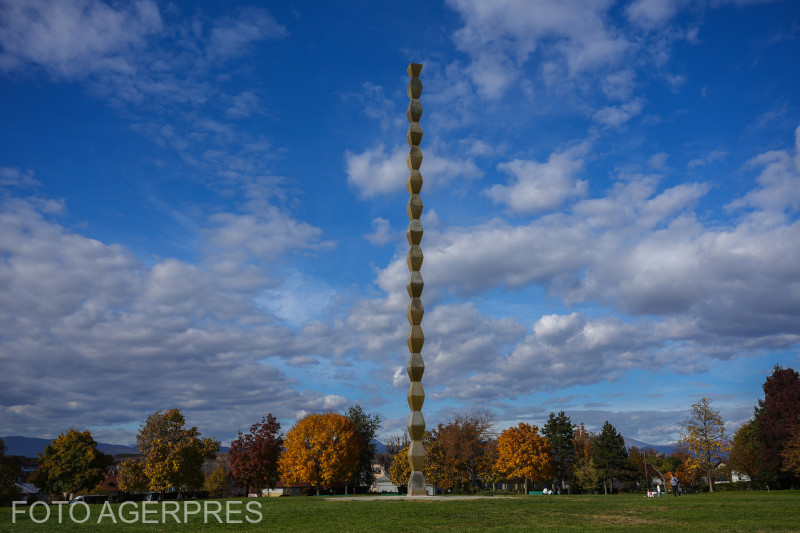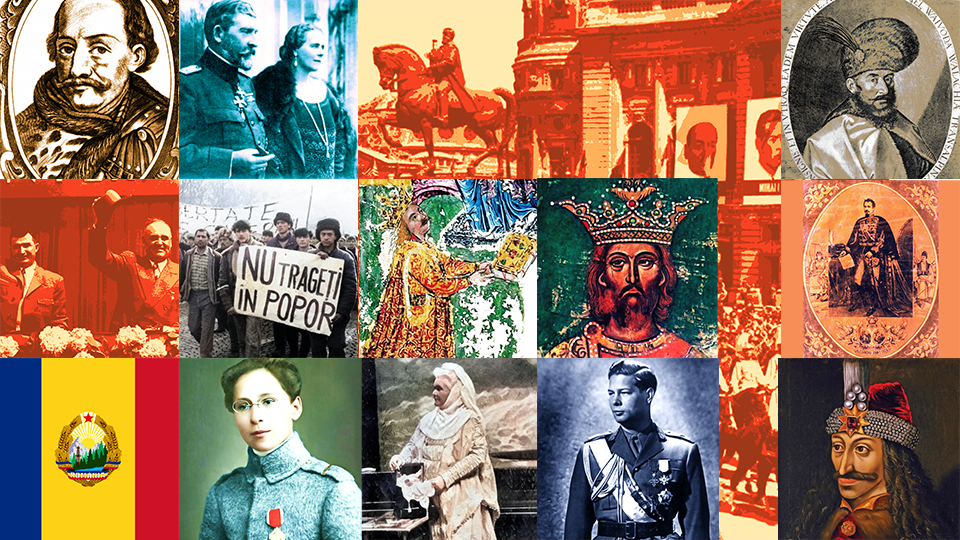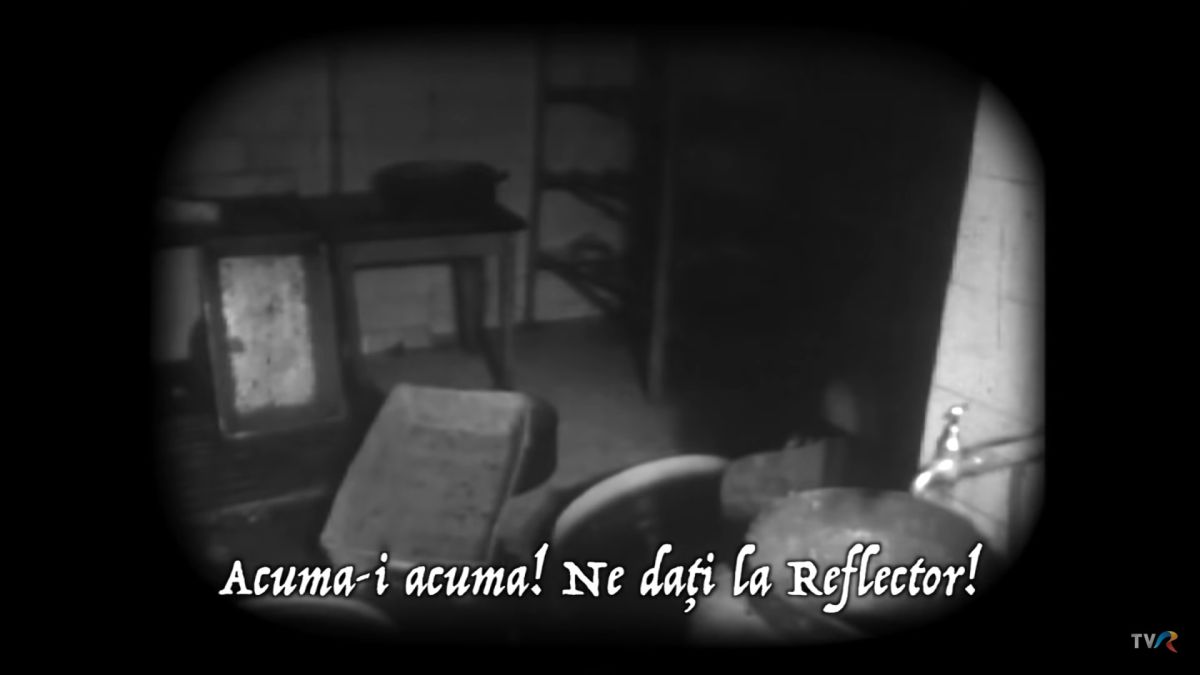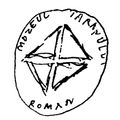Bessarabia 80
In June 1940, Romania received from the USSR two ultimatums demanding the provinces of Bessarabia and Northern Bukovina

Steliu Lambru, 29.06.2020, 14:00
On June 26 and 27, 1940, Romania received from the USSR two ultimatums demanding the provinces of Bessarabia and Northern Bukovina, with consent from Nazi Germany. These acts of aggression confirmed the violent nature of the two types of totalitarianism, Nazi and Communist. For the Romanians between the rivers Prut and Dnestr, the time before June 1941, when the Romanian army took over Bessarabia, was an ordeal of murders, pillaging, and deportations.
Relations between Romania and Russia have been sinuous along the years. Close relations with Russia in the Romanian space begin with the scholar prince Dimitrie Cantemir of Moldavia, an admirer and close ally of Czar Peter the Great, in late 18th century. It continued in the first half of the 19th century, when Romanians wanted to build a modern state and get rid of Ottoman domination, which had lasted for centuries. Russia was the best military ally and model of modernization. After the 1848 revolution and the Crimean War of 1853-1856, but especially after the Russian-Romanian-Turkish War of 1877-1878, when Romania gained its independence, Russia started being perceived as an enemy by Romanians, even the most feared enemy. However, starting in the 1900s, there was a warming of relations between Romanians and Russia. Czar Nicholas II came to visit Romania with his entire family in 1914, and the two ruling houses planned to marry Romanian Crown Prince Carol to Grand Duchess Olga of Russia. Also, Romania handed over for safeguarding its national treasury to Russia in 1917, and in 1917 the two countries became allies in the Great War, which brought the two countries closer. This promising state of affairs would eventually take a 180 degree turn.
The revolutions of February 1917 and the Socialist revolution of October 1917 in Russia were the breaking point. The Bolshevik army on Romanian territory would be forcibly evacuated by the Romanian government because it was causing chaos. The legitimate action taken by Romania to restore public order was taken as an act of hostility, and on January 13, 1918 the Soviet government decided to break off relations with Romania. Add to this the fact that Bessarabia, annexed by Russia in 1812, united with Romania by its own will, and in virtue of the Leninist principle of national self-determination. Secondly, Romanias military campaign against Bolshevik Hungary, which had attacked Romania in spring, was taken as a hostile act by the USSR as well. Romanias northern intervention to support the Poles against the Red Army, preventing the junction between the Russian and Hungarian armies, thwarted the Leninist plan of starting a Socialist revolution. Historian Ioan Scurtu told us that the end of WWI was the beginning of tensions between Russia and Romania:
“First came Paris peace congress, and the signing, on October 28, 1920, of the treaty between Romania, the US, the UK, Italy, and Japan, recognizing the union of Bessarabia with Romania. The next day, the Soviet government issued a declaration announcing it would not accept neither the legitimacy of the snatching of Bessarabia on March 27, 1918, nor the so-called imperialist act of October 28, 1920, so that relations deteriorated. There were attempts to resume them, starting in Vienna in 1924, but that did not come to be, and it was only after 1928-1929 that relations started to improve, and they resumed on June 4, 1934.”
Between the wars, Romania repeatedly attempted to resume relations with the USSR, but was refused. The failed negotiations in Vienna of 1924 are further proof. Moreover, the USSR continued to act in a hostile manner towards Romania. In 1924 it set up the Moldovan Autonomous Soviet Socialist Republic on the Dnestr, the precursor of todays Transdnestr, a workers state created for propaganda purposes. Also in 1924, Soviet agents infiltrated the Tatar-Bunar area in southern Bessarabia, instigating a peasant revolt which proclaimed the installation of Soviet power in Bessarabia. It was clear that the USSR had no wish to normalize relations with Romania before annexing the territories that had been formerly annexed by the Czarist Empire. However, Romania did not give up on the idea of reconciliation. More steps in this direction were made by Romanian Foreign Minister Nicolae Titulescu in the early 1930s. Here is Ioan Scurtu once again:
“The Soviet government did not retract its declaration of 1920, it did not recognize the union of Bessarabia with Romania. On the other hand, Titulescu appreciated the fact that Romania did not have to ask permission from the USSR for the union, because Bessarabias union with Romania was an expression of the will of the Romanian people, which the Soviets had to take into account. Titulescu wanted the Soviets to recognize the new border between the USSR and Romania on the river Dnestr. As a result, he negotiated with Maksim Litvinov, Soviet foreign minister, and obtained a draft pact for mutual asssitance in which the Dnestr was quoted four times as the border between Romania and the Soviet Union.”
Titulescus dreams were shattered in the summer of 1940. As France collapsed and Britain retreated from Europe, the new Nazi-Bolshevik order divided the continent. A veritable tragedy followed by Romanians, Poles, Lithuanians, Estonians, and Latvians, who fell under Soviet occupation, a prison of peoples that they would escape in 1941.






























